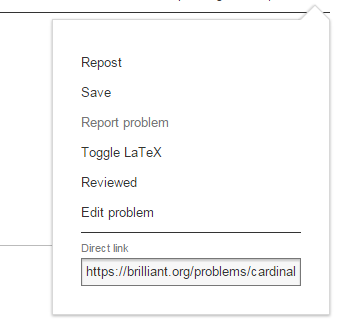A separable equation
If d x d y = e x + y , and y ( 0 ) = 0 , then the value of y ( − ln 2 ) can be written in the form ln ( n m ) , where m and n are coprime positive integers . Find m + n .
The answer is 5.
This section requires Javascript.
You are seeing this because something didn't load right. We suggest you, (a) try
refreshing the page, (b) enabling javascript if it is disabled on your browser and,
finally, (c)
loading the
non-javascript version of this page
. We're sorry about the hassle.
1 solution
Then why is the correct answer being shown as 8 ?
Log in to reply
That was an error on my part; it should be fixed now. Sorry about that.
Log in to reply
How could you change the answer? Are you a staff member( just asking)? Bcoz I'm pretty sure that I entered 5, was shown incorrect and then revealed the solutions to see 8 is the answer but now it shows 5!!
Log in to reply
@Rishabh Jain – Thanks. I've given credit for those who has previously answered 5.
In future, if you spot any errors with a problem, you can “report” it by selecting "report problem" in the “line line line” menu in the top right corner. This will notify the problem creator who can fix the issues.

Log in to reply
@Brilliant Mathematics – Obviously.... I had already filed a report..
I believe you mean that y ( − ln ( 2 ) ) = y ( ln ( 1 / 2 ) ) = − ln ( 2 − 1 / 2 ) = − ln ( 3 / 2 ) = ln ( 2 / 3 ) no?
Separating the variables gives e − y d y = e x d x ⟹ ∫ e − y d y = ∫ e x d x ⟹ − e − y = e x + C . Plugging in the initial condition, we find C = − 2 , so − e − y = e x − 2 or y = − ln ( 2 − e x ) . Then, y ( − ln 2 ) = ln ( 3 / 2 ) , so the answer is 5.